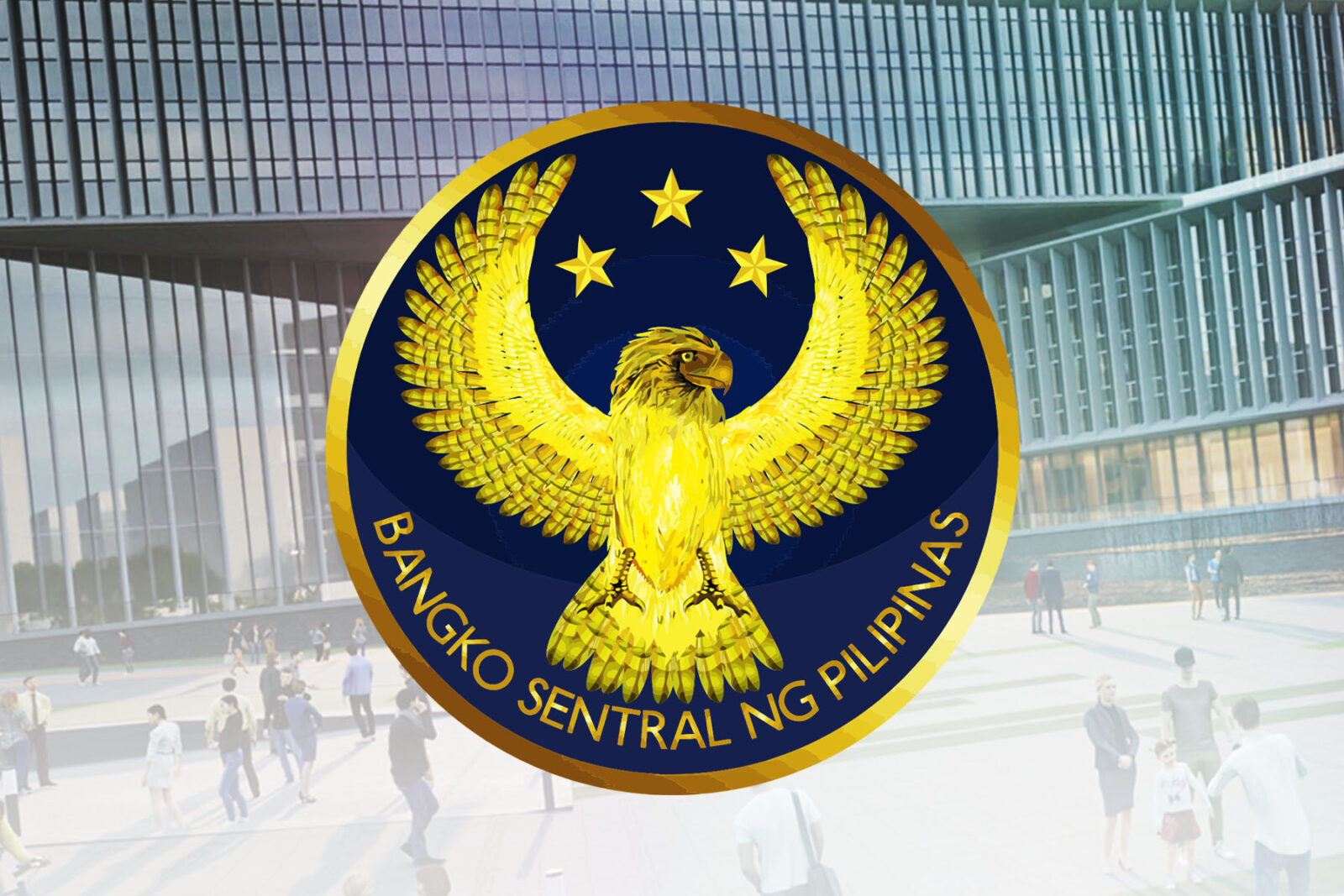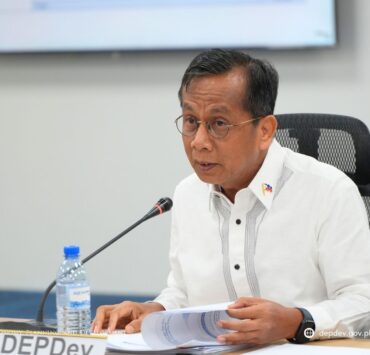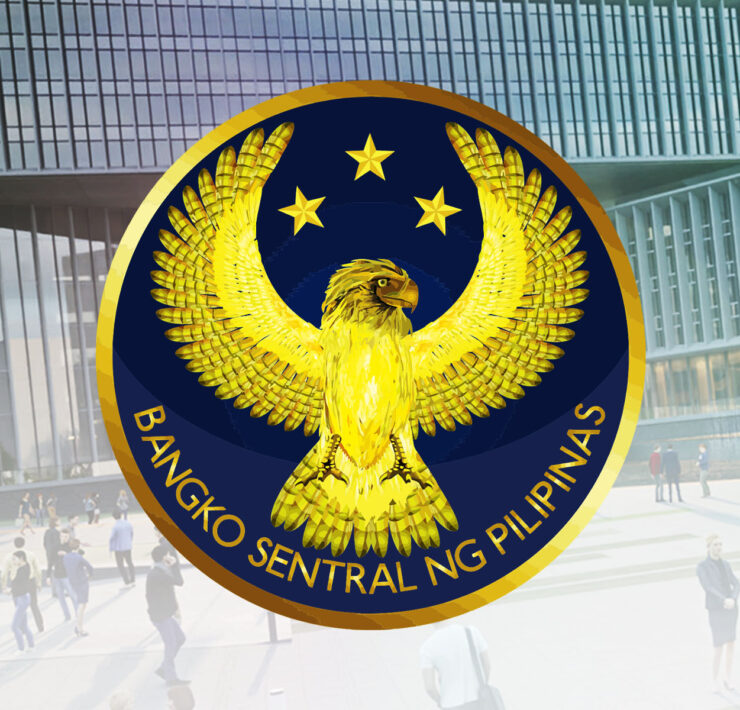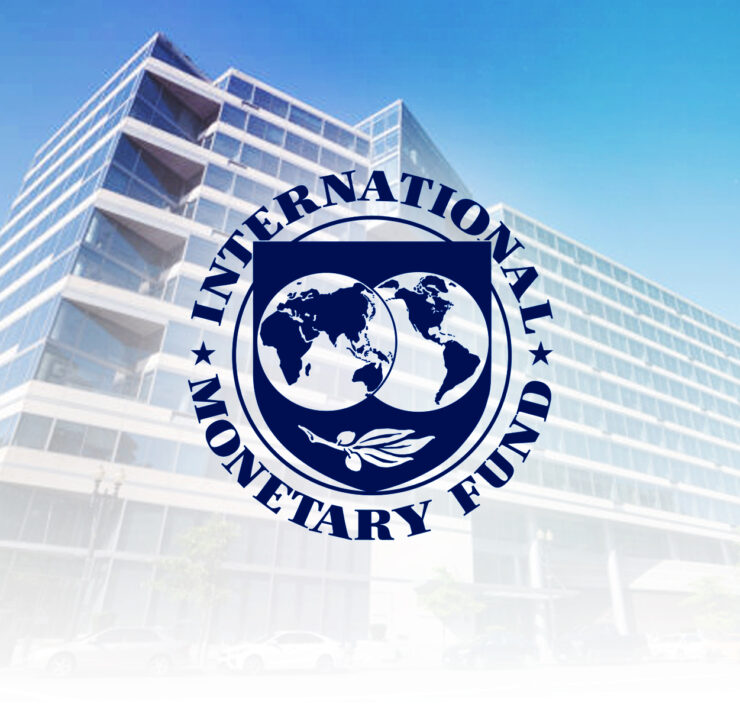March remittance growth slowest in 9 months

Money sent home by Filipinos abroad posted the softest growth in nine months in March, after a seasonal slowdown in such inflows was compounded by the impact of the US trade war on remittance behavior.
Cash remittances coursed through banks grew by 2.6 percent year-on-year to $2.81 billion, latest data from the Bangko Sentral ng Pilipinas (BSP) showed.
That was the slowest growth of remittances since the 2.5-percent uptick recorded in June 2024. In the first quarter, cash transfers from Filipino expats had grown by 2.7 percent to $8.4 billion.
Reinielle Matt Erece, an economist at Oikonomia Advisory & Research Inc., said March was usually not a strong month for remittances.
But beyond seasonality, Erece said there might be a change in the remittance behavior of Filipino migrants amid the ongoing tariff war, which could stoke inflation in many parts of the world.
“For the past two years, March displayed relatively weaker remittance growth compared to other months of the year. Thus, we may attribute this dip to seasonal effects,” he said in a commentary.
“In addition, inflation risks especially in the United States might also be a factor as OFWs (overseas Filipino workers) try to save to cushion risks of higher commodity prices,” he added.
Bulk of the remittances came from the United States, cornering 40.7 percent of the March total. But it is a common practice of remittance centers in various cities to tap correspondent banks, most of which are based in America.
Money sent home by Filipinos overseas is a major source of purchasing power in the Philippines, where household consumption historically accounted for about 70 percent of gross domestic product.
That said, a slowdown in such inflows could weigh on domestic economic growth at a time when US President Donald Trump’s protectionist policies are hurting both consumer and business confidence. Ahead of Trump’s announcement of sweeping tariffs on America’s trading partners, the Philippine economy posted a slower-than-expected expansion of 5.4 percent in the first quarter.
For Erece, the Philippines could see a slower growth of remittances this year.
The BSP is expecting the increase in such inflows to ease to 2.8 percent in 2025, from 3 percent last year.
“Trade tensions could contribute [to the slowdown] with OFWs saving up to cushion inflation risks. In addition, the weakness of the dollar may also disincentivize remittances as it decreases the peso-value of remittances,” he said.





















